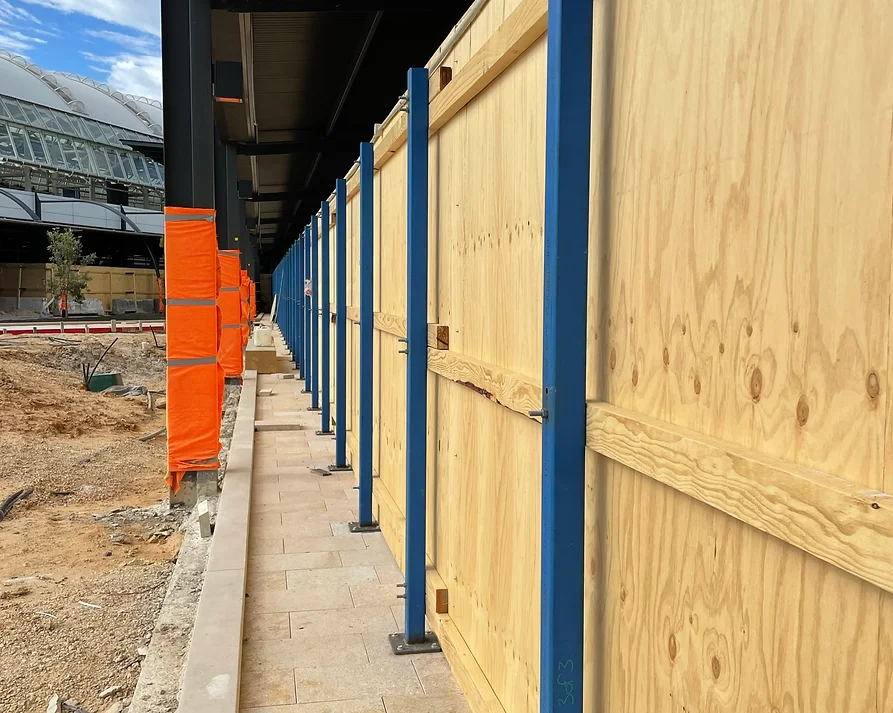Hoarding Class B refers to temporary structures or walls erected on construction sites to protect the public from potential hazards and provide safety and security during construction activities. These structures are classified according to the level of protection they offer against fire and stability risks.
Understanding the basics of Hoarding Class B construction requirements involves considerations for material, construction methods, and safety standards. Here are key elements:
-
Materials: Hoarding Class B structures are typically constructed using fire-resistant materials that meet certain safety standards. These materials might include fire-rated plywood, flame-retardant fabrics, or other approved fire-resistant materials that comply with local building codes and regulations.
-
Fire Safety Measures: Hoarding Class B structures must adhere to fire safety standards to prevent the spread of fire and protect both construction workers and the public. These measures may include fire-resistant coatings, fire-retardant materials, proper clearance from heat sources, and compliance with fire safety codes.
-
Structural Stability: The hoarding must be structurally stable and able to withstand environmental factors such as wind loads, ensuring it doesn't pose a risk of collapse or instability. Proper anchoring and structural support are essential components of Hoarding Class B construction.
-
Access and Egress: Safe access and egress routes should be maintained for pedestrians and emergency services. This includes ensuring clear pathways, visible signage, and emergency exits in case of evacuation.
-
Installation and Maintenance: Hoarding Class B structures should be installed by qualified personnel and regularly inspected for any signs of damage, wear, or potential hazards. Maintenance and repairs should be conducted promptly to ensure continued safety and structural integrity.
-
Regulatory Compliance: Compliance with local building codes, regulations, and permits is crucial when erecting Hoarding Class B structures. Local authorities may have specific requirements regarding construction, fire safety, and public safety standards that must be followed.
-
Environmental Considerations: Depending on the location and environmental conditions, additional measures may be necessary to protect the hoarding from adverse weather conditions, such as wind, rain, or snow.
When constructing Hoarding Class B structures, it's essential to engage with qualified professionals or contractors familiar with local building codes and safety regulations. They can ensure compliance with the necessary standards and implement measures to provide a safe and secure environment for construction activities while protecting the public from potential hazards.


No comments yet